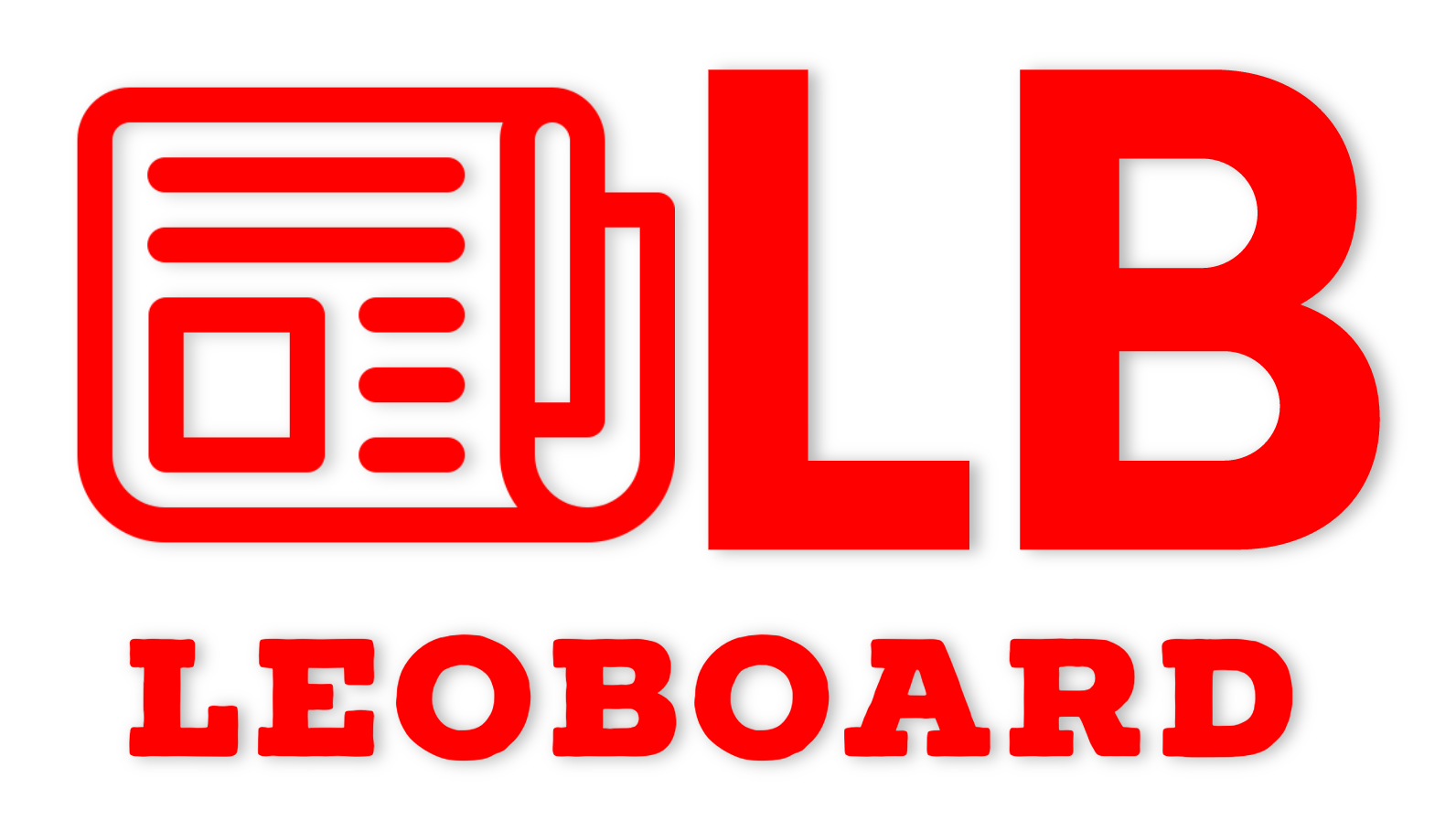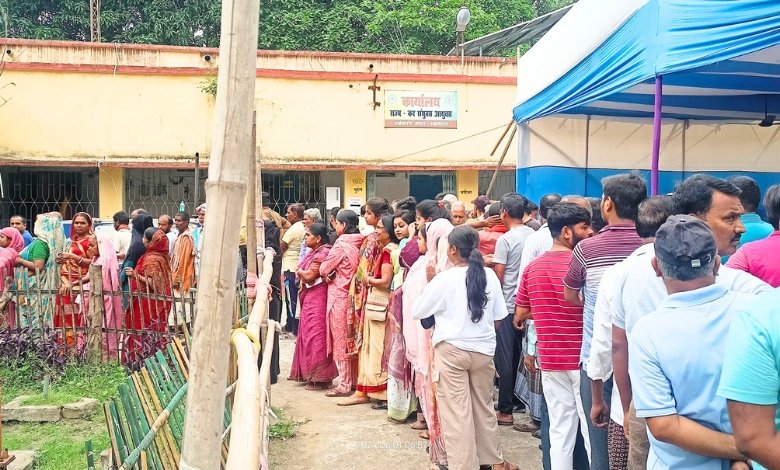Art, Propaganda and Shaping a Generation
Sat, Jun 1, 2024 |
By John Schroeder
If you listened to the show closely this past week you may have heard the host and the producer discuss that I now have an “actual Batcave.” Kinda – I have modified a room in the house with a secret door and labelled it “Batcave,” but it could just as easily be a speakeasy or a priest hole. However, I am a massive superhero comic book fan and so I’m calling it my personal Batcave. This week the Beeb published a piece on how the Russian government has released a bunch of comic books in an effort to gin up support among its younger population for its ongoing war with Ukraine. Comics have a long history of use as propaganda. But more importantly the graphic arts have a long-standing connection to storytelling generally and storytelling shapes us.
Some years ago, I visited the Chester Beatty Museum in Dublin Ireland. I had no idea the place existed but had been in Belfast the day before and it was highly recommended bv some good friends. It is a museum of manuscripts containing true marvels like a piece of the Gospel of John dating back to 90 A.D. Among the things I found there was a copy of the first printed edition of the first novel ever written. It is heavily illustrated – so heavily that it is considered by some to also be the first graphic novel (long form comic book) ever made. The graphic arts and storytelling have a long and deep connection indeed.
Comic strips started appearing in newspapers in the late 19th century. They were a great diversion, and not long after they began to appear someone had the bright idea that they could be lengthened and published in magazine form, cheaply printed on newsprint and the comic book was born. These early books were a novelty until the Great Depression when the cheap price made them an easily obtainable form of entertainment.
The masked vigilante is an old genre of storytelling, born somewhat of reality in the old, lawless west and neatly summarized by The Lone Ranger. As the 19th century became the 20th such stories proliferated in different settings – Zorro, The Scarlet Pimpernel. Such stories were largely escapist – dreaming of a way to make the world a better place. They were natural fodder for the burgeoning comic book industry in The Great Depression and so character after character was born – The Blue Beetle, Sandman – just to name two of dozens. But then along came writer Jerry Siegel and artist Joe Shuster who created a “strange visitor from another planet who came to Earth with powers and abilities” (Superman for the really dense) and the super-hero genre was born. Sales skyrocketed! Titles expanded exponentially.
The stories, regardless of character and “power” followed the same narrative arc as the epics of antiquity – the shaping of a hero through overcoming loss and difficulty, duty to country and culture – what has come to be called The Heroic Ideal. Superman lost his entire race and became a force for good. Batman, something of a hold out from the masked vigilante stories, lost his family of origin becoming a force for justice. Shazam, then called Captain Marvel, was also an orphan overcoming the Depression. Plastic Man was a two-bit crook that lifted himself out of gangland to stand for goodness.
The boys that read these stories during the Great Depression were the men that fought World War 2. And while it was the pin-up girls that adorned barrack walls, it was the comic books that filled foot lockers. Raised on tales of the Heroic Ideal, the Greatest Generation became the heroes we needed. Yes, the War Department did not hesitate to put the soldiers’ avarice for heroic tales to productive use. Comics were commissioned specifically for the military. It still happens these days from time-to-time.
There is much scholarship on the role that comic books played in World War 2. Much effort to draw the line between propaganda and “truthful” storytelling – liberal conspiracy theorists claiming our youth were “suckered” by heroic tales cooked up by propagandists determined to fight “Roosevelt’s little war.” But the point is that the men, and women to some extent, that fought WWII were not shaped by the propaganda driven comics of the war, but by the tales of heroism that filled their youth.
The epic tale, from Odysseus to Gilgamesh to Superman is one of the most powerful ways we encapsulate and propagate our cultural ideals – and specifically our ideals about heroism and sacrifice and duty. The medium may change but the tale remains.
The tale has changed – radically – since the revival of the comic book medium in the early 60’s. That change has accelerated since the genre movies proliferated and particularly since Disney got its grubby hands on Marvel. Now the tale is one of personal fulfillment, interpersonal conflict, inclusion and finding “family.” It is indeed a tale, but it is no longer epic or sacrificial or heroic. One has to wonder what would have happened if the today’s tale were the tale then. From where I sit, it is not a pretty picture.
Like the chicken-and-egg question, it is difficult to say whether popular media like comic books reflect cultural change or drive it – probably some of each. But what is undeniable is that the heroes of old and the real-life heroes of WWII were inextricably linked. Given that undeniable fact, I think one must conclude that history would be quite different indeed had we never seen the likes of a Superman or a Batman or a Captain America – more akin to The Man in the High Castle than the world we enjoy today.
The more important question is what do the Captain Marvels and Deadpools of today tell us about what the world of tomorrow will look like. I don’t see good things. And that is where the chicken-and-egg questions moves from hypothetical to very real. Do we change our media in hopes it drives the culture in a better direction? Maybe that defines the line between storytelling and propaganda.
Source link




